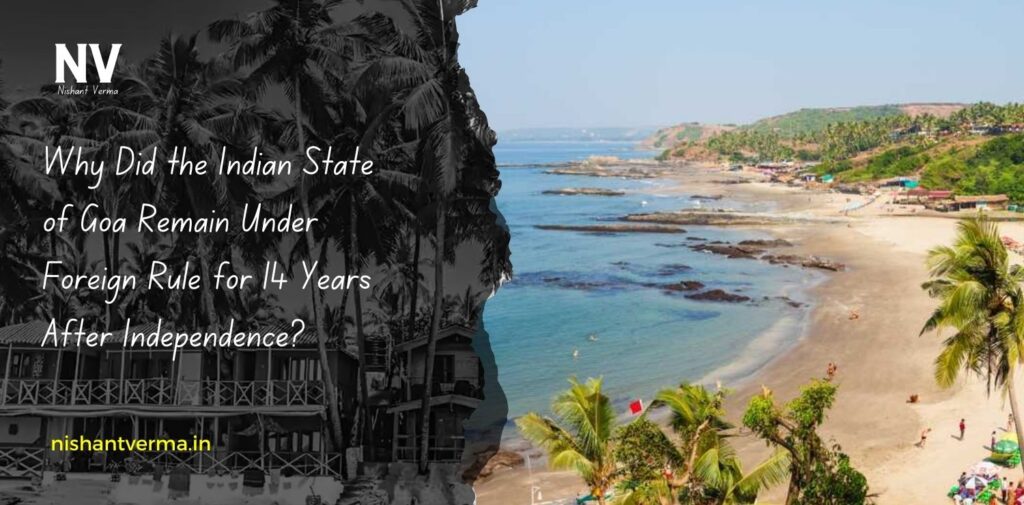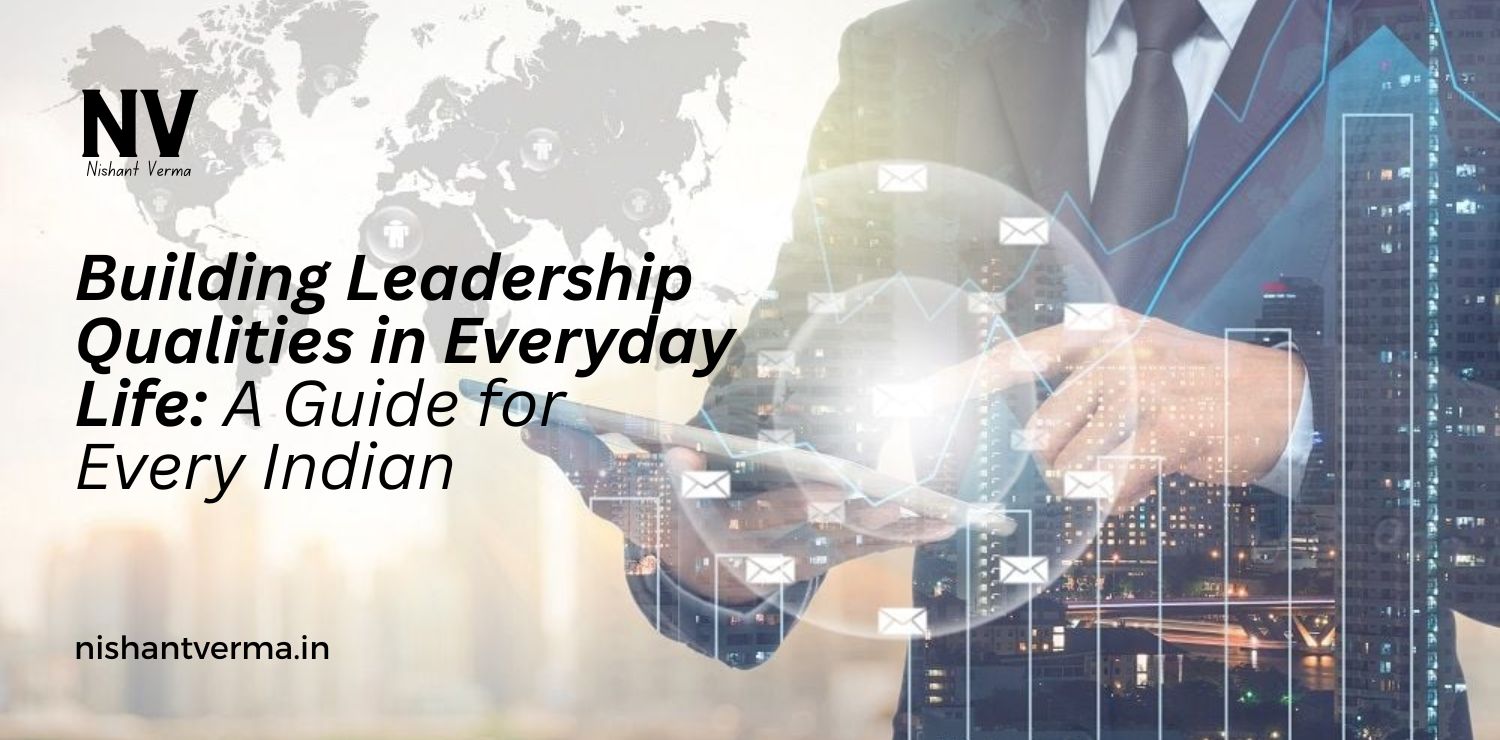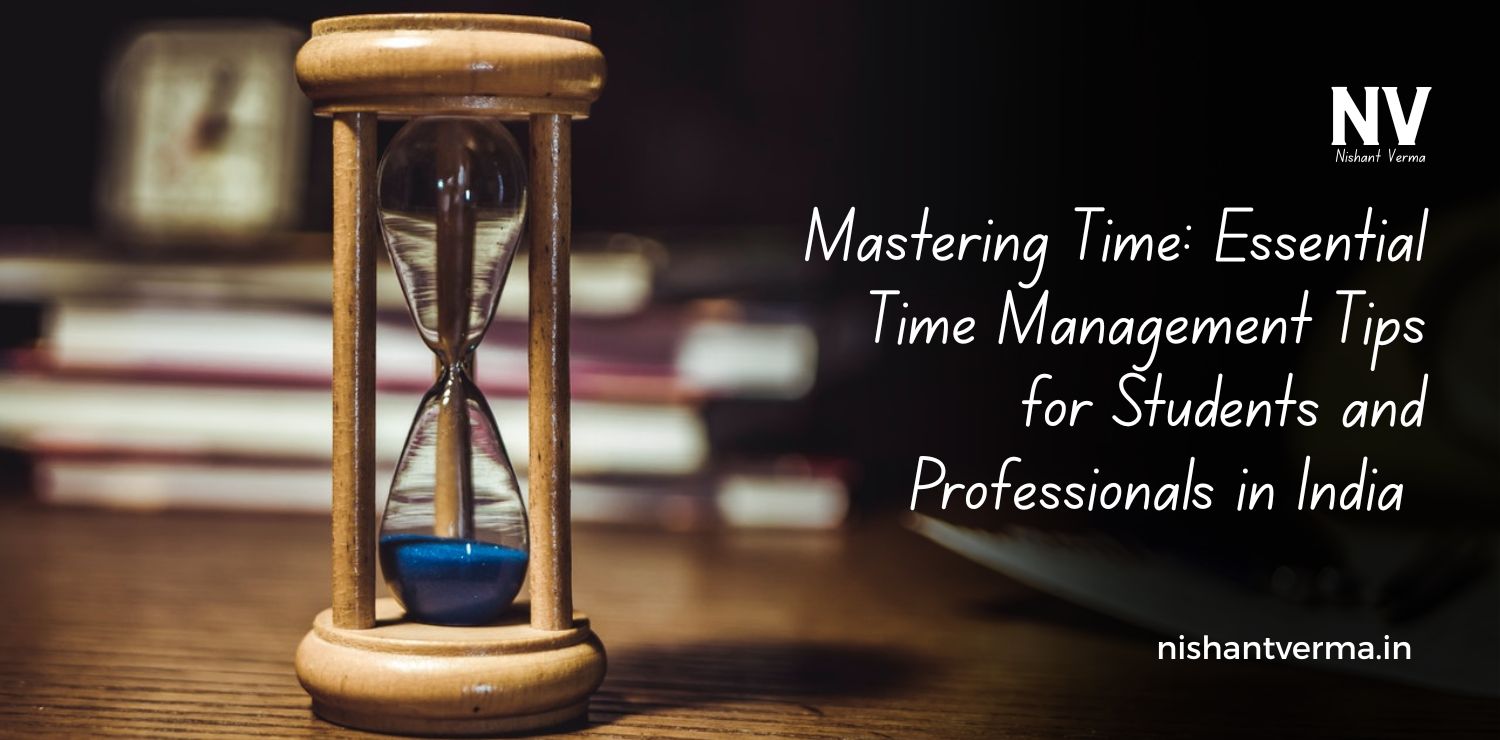The Indian state of Goa, now known for its beautiful beaches and rich history, was under Portuguese rule for nearly 450 years. However, what is more surprising is that Goa remained under Portuguese control even after India gained independence in 1947. It wasn’t until December 19, 1961, that Goa was finally liberated and became part of India, 14 years after the rest of the country had achieved freedom. Why did it take so long for Goa to join independent India? Was it a result of political and diplomatic struggles, or was it something more? Let’s take a closer look at this issue and explore the different views surrounding it.
Goa and Its Long History Under Portuguese Rule
Goa was first colonized by the Portuguese in 1510, and for centuries, it remained a part of their overseas empire. The Portuguese not only controlled Goa but also other territories on the western coast of India, as well as areas in Africa and South America. While the rest of India was under British colonial rule, Goa stayed with the Portuguese, who refused to relinquish their control even as other colonies around the world were gaining independence.
By the time India gained independence in 1947, Goa was still a Portuguese colony. It was an anomaly in a newly independent India, where the British had handed over power to the Indian government, but the Portuguese were not ready to give up their prized possession.

Why Did Portugal Refuse to Leave Goa?
The reasons behind Portugal’s refusal to leave Goa after India’s independence are complex and multifaceted. After 1947, the newly formed Indian government, led by Jawaharlal Nehru, made repeated diplomatic efforts to persuade Portugal to hand over Goa. However, the Portuguese government, led by António de Oliveira Salazar, was determined to maintain its hold over Goa.
- Portugal’s Colonial Pride: Portugal had a long colonial history and was one of the first European countries to establish overseas empires. The Portuguese government viewed Goa as an integral part of its empire and was unwilling to give it up. To them, Goa was a symbol of their colonial legacy and a source of pride.
- Strategic and Economic Interests: Goa was also strategically important to Portugal for its location along major sea routes, and it played a role in the Portuguese economy due to trade and port activities. Giving up Goa would have meant losing a significant economic asset.
- International Diplomacy: Portugal, unlike Britain, was not inclined to negotiate with India over Goa. It maintained a firm stance in international diplomacy, arguing that Goa was an integral part of Portuguese territory and should not be part of India. This situation persisted despite international pressure on Portugal to decolonize.
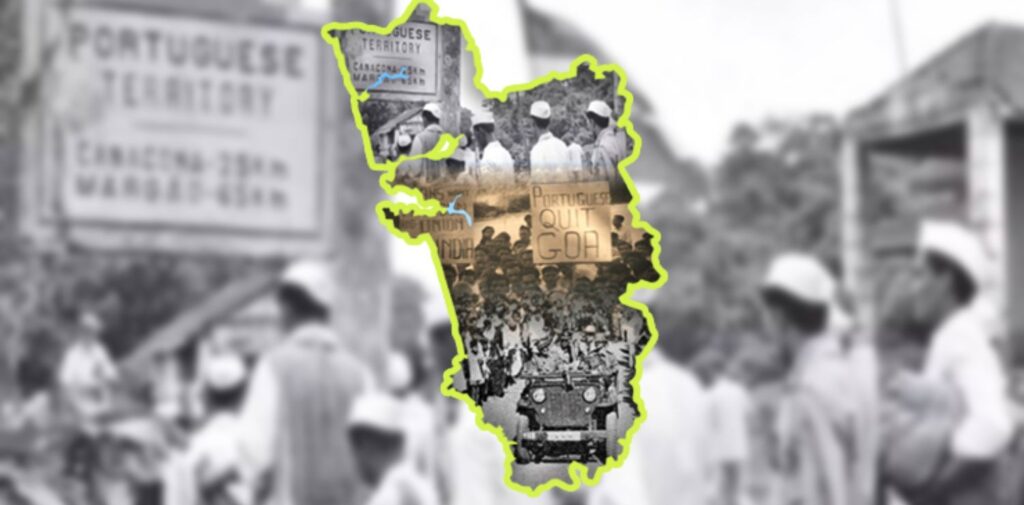
India’s Struggle for Goa
India, under the leadership of Prime Minister Jawaharlal Nehru, was committed to liberating Goa and incorporating it into the newly independent nation. But the process was not easy. Initially, India tried to use diplomatic channels to persuade Portugal, but these efforts were unsuccessful. The Portuguese government refused to budge, and the issue became a source of tension between India and Portugal.
In the early years after independence, India attempted several measures to bring Goa into the Indian fold:
- Diplomatic Efforts: India made repeated diplomatic requests for Portugal to hand over Goa, but these were rejected outright. Nehru’s government, committed to non-violence and peace, initially avoided using force to liberate Goa.
- Economic Blockade: In 1955, India imposed an economic blockade on Goa, cutting off goods from entering the region. This was a non-violent way of putting pressure on Portugal, but it did not yield results.
- Support for Goan Liberation: Many Goans were unhappy with Portuguese rule and wanted to join India. Over time, the Indian government started supporting the Goan liberation movement, which was gaining momentum in Goa. However, the Portuguese military presence in Goa remained strong, and Portugal continued to resist any efforts at decolonization.
The Military Action: Liberation of Goa (1961)
The situation came to a head in 1961 when India decided to take military action to liberate Goa. The Indian government, led by Nehru, realized that diplomatic efforts had failed and that Goa’s integration with India was a matter of national pride and sovereignty.
On December 18, 1961, India launched Operation Vijay, a military operation to liberate Goa. The operation was swift and well-coordinated, and within 36 hours, the Indian army had successfully captured Goa, Daman, and Diu, ending over 450 years of Portuguese colonial rule. The Portuguese defenders were quickly overwhelmed, and on December 19, 1961, Goa officially became part of India.
This military intervention was widely supported in India, though it was condemned by Portugal and some other countries. For India, the liberation of Goa was a triumphant moment that completed its territorial integrity after independence.
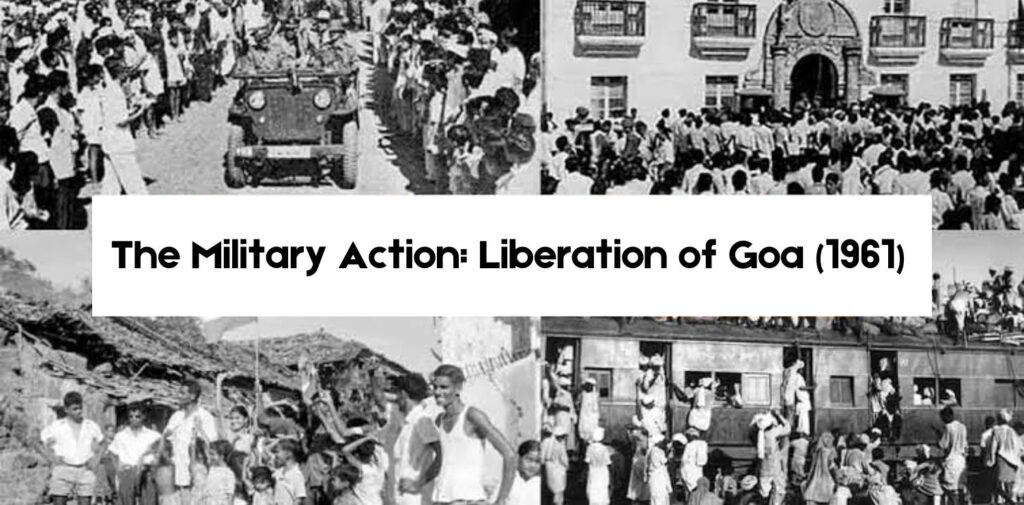
Why Did Goa Take 14 Years to Join India?
So, why did Goa remain under foreign rule for 14 years after independence? The delay can be attributed to several factors:
- Portugal’s Reluctance to Accept Change: Unlike other colonial powers, Portugal was reluctant to decolonize and resisted international pressure. Its refusal to relinquish control of Goa was part of a broader colonial mindset, which led to the delay in Goa’s integration into India.
- Diplomatic and Political Challenges: India’s diplomatic efforts were unsuccessful in the face of Portugal’s firm stance. The situation became more complicated due to the global political climate during the Cold War, where Portugal had some support from other European countries.
- Internal Issues in India: After independence, India faced numerous internal challenges, including the partition, communal violence, and the integration of princely states. Goa, while important, was not the immediate focus of the government’s efforts.
- The Role of the Goan People: The Goan people’s struggle for independence, though significant, was not enough to drive Portugal to leave. It was only when the Indian government took decisive military action that the situation changed.
The Imagination and Reality of Goa’s Liberation
Some view the delay in Goa’s integration as a tragedy of historical injustice, while others see it as a complex issue that involved international politics, colonial pride, and the fight for sovereignty. The idea of Goa’s liberation evokes both pride and sorrow — pride in the eventual victory and sorrow over the long years of struggle.
In some ways, the 14-year wait for Goa’s liberation is a symbol of how colonial powers held on to their possessions even in the face of changing global norms. On the other hand, the reality of Goa’s integration is a reminder of the hard-fought struggle for freedom, even after the country had already gained independence.
The Indian State of Goa: What Do You Think?
The question of why Goa remained under Portuguese control for 14 years after India’s independence is open to debate. Was it purely a result of Portugal’s refusal to give up its colonies? Or was it a more complex issue involving political, diplomatic, and global dynamics? How much of Goa’s struggle for liberation was shaped by imagination and how much by the harsh realities of colonialism and geopolitics?
We’d love to hear your thoughts. Was Goa’s delay in joining India inevitable, or do you think it could have been handled differently? Share your opinions, and let’s continue the conversation.

